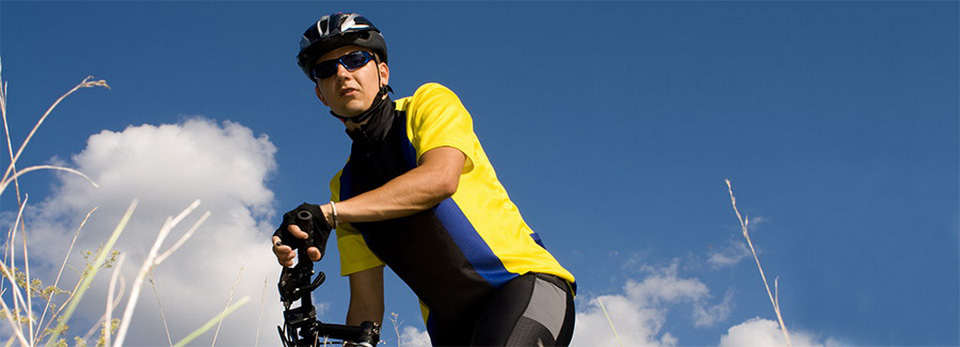Q: X-rays taken today showed some damage to our son's knee diagnosed as juvenile osteochondritis dissecans. Our first stop was to your website to see what we can find out about this problem.
A: The forceful and repeated actions of sports can strain the immature surface of the knee joint in children and teens. The bone under the joint surface weakens and becomes injured, which damages the blood vessels going to the bone. Without blood flow, the small section of bone dies. The injured bone cracks. It may actually break off. When this condition occurs in this age group, it is called juvenile osteochondritis dissecans (JOCD).
JOCD can also occur in children and adolescents with no known cause. The condition can be stable and without symptoms but more often there is knee pain and/or tenderness around the joint. Mild swelling may be present but more often than not, there is no swelling. With stable lesions, motion is normal. Loss of knee motion is more common with unstable lesions.
An OCD lesion is unstable when a piece of cartilage or cartilage and bone breaks loose and is free to float around inside the joint. How does this happen? The articular (joint surface) cartilage in children is newly formed. It can't handle the type of forces placed on it with repetitive activity.
The subchondral bone (under the articular cartilage) takes the brunt of the stress. A portion of the bone may eventually weaken, and possibly even crack. When the bone is damaged, the tiny blood supply going to the area is somehow blocked. Without blood supply, the small area of bone dies. This type of cell death is called avascular necrosis. (Avascular means without blood, and necrosis means death).
The crack may begin to separate. Eventually, the small piece of dead bone may break loose. This produces a separation between the articular cartilage and the subchondral bone, which is the condition called OCD. If the dead piece of bone comes completely detached, it becomes a loose body that is free to float around inside the joint. And that is how an OCD lesion becomes unstable.
In the absence of a specific injury, the child may at first feel bothersome knee discomfort only while playing sports or during physical activity. The soreness generally goes away quickly when the leg is rested. Over time, however, the joint pain worsens, is hard to pinpoint, and may linger after using the leg. The knee may feel stiff, and it may not completely straighten out.
In advanced (unstable) cases of OCD, the patient may notice that the joint grinds (called crepitus). The knee may catch, or even lock up occasionally. These sensations may mean that a loose body is floating around inside the joint. The joint may also feel warm and swollen, and the muscles around the elbow may appear to have shrunk (atrophied).
Patients with this problem may need to stop their usual sport or physical activities. This gives the joint a chance to rest so that healing can begin. The doctor may prescribe anti-inflammatory medicine to help reduce pain and swelling.
Patients are usually shown how to apply ice to the area. When sport activities are resumed, ice treatments should be used after activity. Ice treatments are simple to do. Place a wet towel on the knee. Then lay an ice pack or bag of frozen vegetables or bag of crushed ice over the elbow for 10 to 15 minutes.
The doctor may also suggest working with a physiotherapist. Physiotherapists might use ice, heat, or ultrasound to control inflammation and pain. As symptoms ease, the physiotherapist works on flexibility, strength, and muscle balance in the knee and leg. Therapists also work with athletes to help them improve their form in ways that reduce strain on the affected joint during sports.
In severe cases, patients may need to wear a splint for several weeks before starting motion exercises. As symptoms ease and movement improves, a guided program of strengthening and sport training begins. Some patients may need surgery if the joint continues to lock up, if it won't straighten out, or if pain continues even after a period of rest and physiotherapy.
Reference: Walter P. Samora, MD, et al. Juvenile Osteochondritis Dissecans of the Knee: Predictors of Lesion Stability. In Journal of Pediatric Orthopaedics. January/February 2012. Vol. 32. No. 1. Pp. 1-4.
Beamsville Physiotherapy provides services for physiotherapy in Beamsville.







